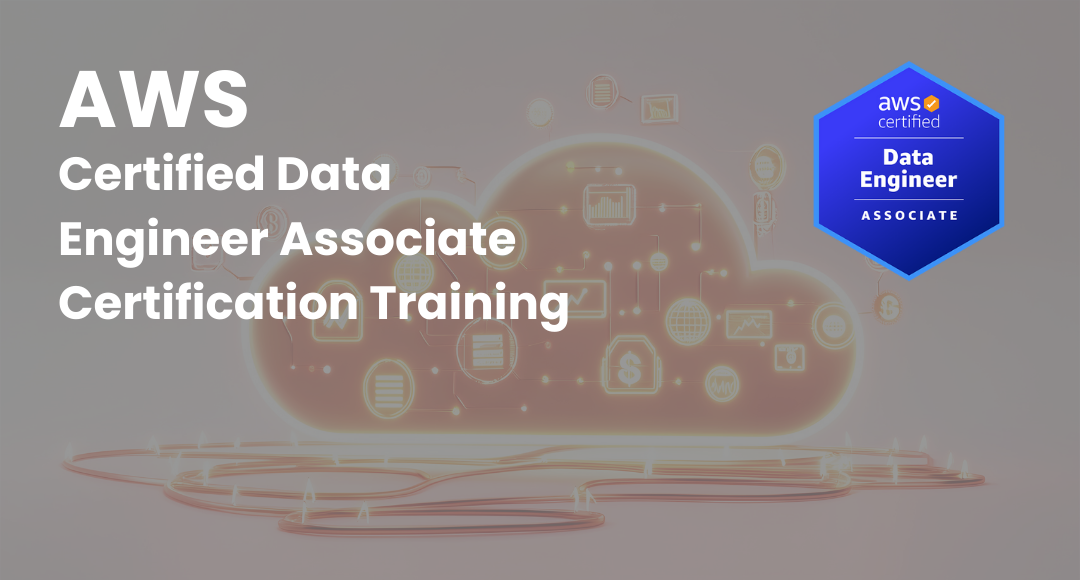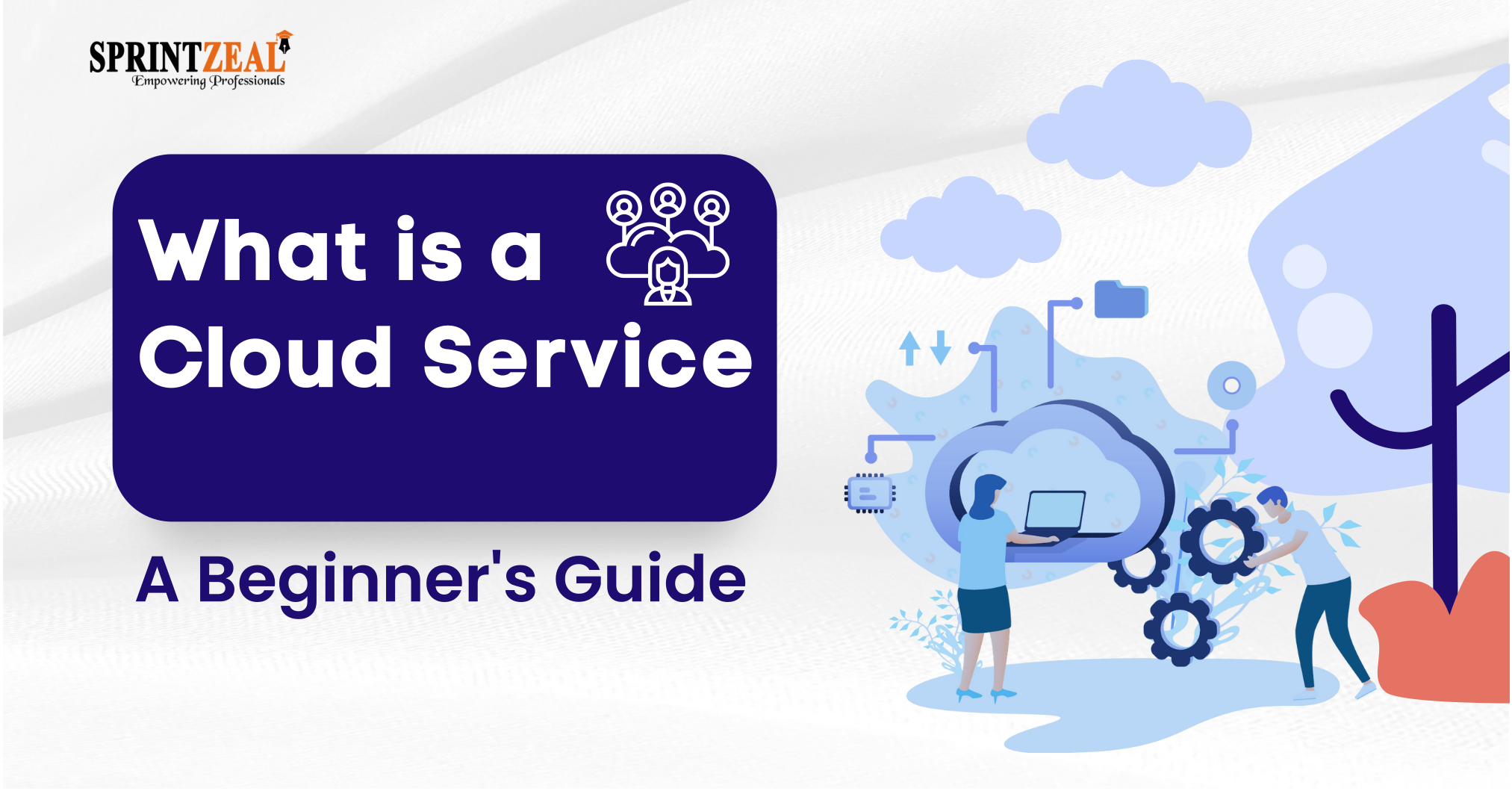AWS Interview Questions and Answers 2026
-
 By Aradhya Kumar
By Aradhya Kumar - Published on Aug 20 2025

Most Frequently Asked AWS Interview Questions
You can look up the AWS certification when looking for the best IT jobs. Gartner has reportedly placed Amazon Web Services in the leader's quadrant. According to Forbes, there is a high demand for AWS certification. The AWS certification is leading to 15 top-paying jobs in IT. Here, we are helping you upgrade your career to meet the requirements of all those industries. This blog includes all AWS technical interview questions and answers, as well as AWS scenario-based interview questions. It is important to know these interview questions to land a good position in the domain.
A good AWS training course, like the one offered by Sprintzeal, will help you get comfortable with all the important AWS interview questions and answers.
Table of Contents
- Basic AWS Interview Questions and Answers
- Intermediate LevelAWS Interview Questions
- Advanced Level AWS Interview Questions
- AWS Interview Questions and Answers for Experienced
- Scenario-Based AWS Interview Questions
- Technical AWS Interview Questions
- Non-Technical AWS Interview Questions
- Conclusion
- FAQ’s
Basic AWS Interview Questions and Answers

The purpose of the basic AWS interview questions is to assess the candidate's comprehension of cloud computing and Amazon Web Services. These questions cover EC2, S3, IAM, and VPC.
1. What do you mean by cloud computing?
Cloud computing is one of the major discussion topics. For this, you need to explore more of the cloud computing knowledge. Here we will give you some basic differences. AWS was established in 2006, whereas Azure was established in 2010.
The market share of AWS is 4x, whereas for Azure it is x. AWS is implemented with fewer options, whereas Azure gets the most experimental material possible.
AWS gets the widest range of options, whereas Azure gets a good range of options. You can say Azure is better than AWS and offers the market a good market hold, whereas in Azure, the market gets a better offering than AWS. This is an example of AWS technical interview questions.
Coming to the next AWS interview questions, try to get some answers from the following.
2. What is AWS?
Amazon Web Services (AWS) is a leading cloud computing platform. It offers a vast range of AWS cloud services. AWS services enable you to run code for apps. Additionally, it aids in storing data online instead of on physical servers.
AWS has scalable and flexible solutions for computing power, storage, databases, networking, security, and more. You can manage them all through the AWS Management Console. Companies can access them from anywhere in the world using the internet.
Amazon Web Services (AWS) is the dominant force behind Reddit, helping the platform handle over 50 billion monthly interactions. With services like Amazon Textract, AWS helps automate complex data extraction tasks massively.
Learn more about Reddit’s AWS usage here.
3. Explain the core services offered by AWS.
AWS Lambda is a serverless computing service. It allows you to run code in response to events without provisioning or managing servers.
- Amazon RDS (Relational Database Service) enables users to establish cloud databases through simple procedures for database creation and management. This service operates with MySQL and SQL Server databases, along with other databases. RDS handles backups, updates, and scaling automatically. The best use case for RDS includes applications with structured data that require SQL query capabilities.
- Amazon DynamoDB functions as a fast and adaptable database platform. It stores information in an unstructured format. The system automatically expands its capacity to manage big data volumes and increasing user numbers. Hence, it is ideal for high-traffic applications that require fast response times.
- AWS IoT functions as a cloud-based platform. It allows a secure internet connection. It connects smart devices like sensors and home gadgets. AWS IoT enables you to gather device data for analysis, thus helping you build intelligent applications.
- Amazon Redshift delivers a strong data storage and analysis solution, which enables rapid handling of extensive data volumes. The platform supports big data initiatives and business analytics by allowing SQL-based execution of advanced queries.
- AWS AI services offer preconfigured machine learning and artificial intelligence components. It enables developers to add intelligence to their applications without the necessity of deep ML expertise. They offer image recognition services, natural language services, chatbots, and many more. It supports big data analytics. It is excellent for organizations with the need for fast and efficient complex queries for business intelligence, reporting, and similar needs.
- Amazon S3 is a popular AWS service. In S3, you can store and get back any amount of data at any time. Documents, photos, videos, backups, and big datasets can be stored in the AWS cloud using S3 storage.
- Amazon EC2 (Elastic Compute Cloud) is a core service of AWS. It provides scalable virtual servers in the cloud. Instead of using physical hardware, you can launch EC2 instances, i.e., virtual machines that run your applications quickly and securely.
4. When you distribute your workload in the private sector, what architecture do you call them?
A. Virtual private network
B. Private cloud
C. Virtual private cloud
D. Hybrid cloud
The answer to this question is (d). The hybrid cloud can be used for the following architecture. This is happening because you are fully utilizing the public as well as private cloud premises.
5. What is an AMI? Where do you think you can find the AMI fits?
AMI means Amazon Machine Images. It is designed to template the virtual machines and keep an instance of the AMI. AWS primarily offers pre-baked AMIs, which play a major role in launching EC2 instances. There are some AMIs that you cannot get for free of cost. In that case, you have to bring them from the AWS Marketplace. You also get the privilege of designing your own custom AMIs.
The AMIs are going to play the role of saving your custom-made configurations for cloud deployment. If you hesitate to create your own set of software, then you can customize your own AMI. This makes the process more cost-effective and allows you to remove unnecessary components or unused resources, helping with auto scaling and optimization.
These kinds of AWS technical interview questions will help the interviewer determine your cloud expertise.
6. Can you use the Amazon CloudFront in directing the transfer of objects?
It’s a yes. Amazon CloudFront will help you support custom origins. This may include origins that come from outside of AWS.

When you connect directly to AWS, you will be charged for the respective data transfer.
7. When do you use AWS Lambda?
Lambda is utilized for tasks like data processing, automation, and creating event-driven applications. It automatically scales and manages resources.
8. How can you monitor the performance and health of AWS resources?
AWS offers CloudWatch, a monitoring and logging service. It is used to track resource metrics, set alarms, and gain insights into resource utilization. Additionally, AWS X-Ray provides distributed tracing for application performance analysis.
9. What is the Difference Between Amazon EBS and Amazon EFS?
10. What is Amazon CloudWatch?
Amazon CloudWatch functions as a monitoring tool. CloudWatch tracks all services running within the AWS cloud infrastructure. The monitoring system tracks metrics that include CPU consumption, disk utilization, and network throughput. It does this for EC2, Lambda, and Amazon RDS resources.
The AWS Cloud Watch pricing varies according to the number of metrics, logs, and custom dashboards utilized by users.
The monitoring system CloudWatch enables users to maintain the health status and security of their AWS environments.
11. What is the shared responsibility model?
The shared responsibility model defines security roles between AWS and the customer. AWS secures the cloud infrastructure, hardware, and global network. Customers are responsible for security in the cloud, including data, access control, encryption, and application configurations.”
12. What are the different types of cloud computing models (IaaS, PaaS, SaaS)?
IaaS (Infrastructure as a Service): AWS offers virtual servers and networking resources. You can use it to build and run your own applications. You don’t have to worry about buying or managing physical computers; AWS takes care of it for you.
PaaS (platform as a service): AWS PaaS services manage the infrastructure, runtime, and scaling. Your focus is only on writing and deploying your app.
SaaS (Software as a Service), or SaaS, eliminates the need for installation. Just log in and start using the software directly.
13. What is the difference between IaaS, PaaS Saas in cloud computing?
- IaaS offers you the infrastructure (servers, networks).
- PaaS gives you a platform to develop apps.
- A SaaS application gives you ready-to-use software.
14. What is AWS KMS (Key Management Service)?
AWS Key Management Service functions as a security service within AWS. It helps users generate and manage encryption keys, which protect data stored in Amazon S3, Amazon EBS, and Amazon RDS.
Organizations should use this solution to protect sensitive information stored in Amazon cloud environments.
15. What is AWS Snowball?
AWS Snowball operates as a protected and fast data transfer system. .it helps move extensive information directly to AWS cloud storage. Users can transfer their files to physical Snowball devices. These devices are then sent to Amazon Web Services, where AWS performs the cloud storage upload.
The device works best for cloud-based data migration, backup tasks, and disaster recovery operations. AWS Snowball often appears as a data migration-focused AWS interview question, especially in advanced interviews.
16. What do you mean by cloud computing?
Cloud computing means delivering computing services like servers, storage, and databases over the internet.
17. What is AWS Auto Scaling?
The AWS Auto Scaling function is a cloud service. It dynamically scales your EC2 instance count based on traffic levels or workload demands. Auto Scaling adds additional Amazon EC2 servers during traffic spikes to manage increased load requirements. The system cuts back on additional instances during lower traffic periods. This helps in minimizing AWS expenses.
18. What is AWS IAM, and what are its components?
AWS IAM serves as a safeguard for your AWS assets. It decides who can access the resources and what they can do. Components of IAM are
- Create users, groups, and roles.
- Assign permissions using policies.
- You can use MFA (Multi-Factor Authentication) to increase security.
- Restricted access for security purposes.
Intermediate LevelAWS Interview Questions
Non-technical AWS interview questions focus on a candidate’s soft skills and general understanding of cloud concepts.
1. What is the architecture called when you distribute your workload in the private sector?
A. Virtual private network
B. Private cloud
C. Virtual private cloud
D. Hybrid cloud
The answer to this question is (d). The hybrid cloud can be used for the following architecture. This is because you are fully utilizing the public as well as private cloud premises.
2. Differentiate between terminating and stopping an instance.
3. Do you think one Elastic IP address is enough for all instances running?
The answer can vary. It depends on the situation. All the instances come with a private and public address. One Elastic IP address is not enough for all running instances, as it is meant for per-instance use. You must note that the private address is mostly associated with the instance, and it primarily returns to Amazon EC2. This process only happens when the program is stopped or terminated. The public address is associated with the instances in the same order.
It changes only when the instance is stopped or terminated. It often stays the same if the user does not assign it manually. But if you are going to host multiple websites, you need more Elastic IP addresses.
4. Are reserved instances available for Multi-AZ deployments?
Yes, reserved instances support Multi-AZ deployments. Reserved instances are mainly about pricing, not deployment. As long as instance attributes (region, type, platform) match the reservation, pricing benefits apply—even if the instance is in a Multi-AZ setup.
5. When do you incur costs with an Elastic IP address?
You incur costs if an Elastic IP (EIP) is allocated to your account but not associated with a running instance. You are not charged if the EIP is associated with a running instance. Costs also occur when you have more than one EIP per instance or if the EIP is attached to a stopped instance or unattached to any instance.
6. Why do we use subnetting in networks with many hosts?
We use subnetting to efficiently manage networks with many hosts. It helps organize and separate hosts for better control. The network is divided into subnets for easy access and management. Subnets simplify handling a large number of hosts.
7. What best practices do you follow for good security in Amazon EC2?
- Allowing access only to trusted hosts or networks
- Reviewing security group rules regularly.
- Granting least privilege permissions.
- Use key-based logins instead of password-based logins where possible.
- Ensuring your AMIs are secure and launched with appropriate credentials.
8. An AWS interview question could be, "How can you accelerate data transfer in Snowball?
You can increase Snowball transfer speed by
- Performing multiple copy operations simultaneously
- Ensuring your workstation can handle multiple commands from different terminals
- Copying from multiple workstations
- Transferring large files in smaller batches to reduce encryption overhead
- Eliminating unnecessary files
- Snowball’s active switching improves overall performance
Advanced Level AWS Interview Questions
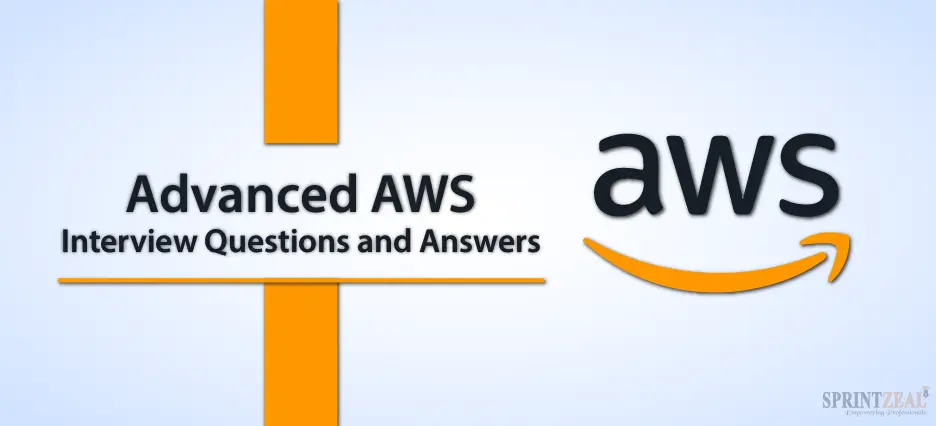
1. When your AWS direct data connection fails, will you lose all your connectivity?
When you are doing a data connection, always look for a backup. If a backup AWS Direct Connect is configured, all traffic will switch automatically to the backup connection. It is always advisable that you look for bidirectional forwarding detection. This will help in configuring the connection, which will help in ensuring a greater and faster detection and failover.
In other cases, you can look at the configuration backup from the IPsec VPN, where all the connections will fall directly into the VPN connection automatically.
The Amazon S3 can be easily directed from the traffic and can join the routed Internet. If you do not have a backup AWS Direct Connect link, then the VPS traffic will drop all the events in the mailbox.
2. Distinguish between Amazon RDS, DynamoDB, and Redshift.
3. Can you use the Amazon CloudFront in directing the transfer of objects?
It’s a yes. The Amazon CloudFront will help you in support through the origins of the custom. This may include the origin that can come from outside of AWS.
When you come in contact with the direct AWS, you will be charged for the respective data that is needed for transfer.

4. Do you think one elastic IP address is enough for all instances of running?
The answer can vary. It depends on the situation. All the instances do come with a private and public address. You must note the fact that the private address is mostly associated with the instance, and it primarily returns to Amazon EC2. This process only happens when you get the program stopped or terminated. In the same order, the public address is associated with the instances that merely happen when it is stopped or terminated.
It more often stays as long as the user does not give them manually in hand. But in case you are going to host multiple websites, then you have to go for a more elastic IP address. These kinds of AWS technical interview questions help you demonstrate your knowledge of subtleties in the domain.
5. What best practices do you follow for good security in Amazon EC2?
You can find a lot of practices to secure the EC2. Some of the facilities of the EC2 are using AWS identity for accessing management. It’s also used to control these AWS resources. It also looks for restricted access that helps in trusted hosts or networks. It helps in assessing more ports in your instances. The security also looks for reviewing rules in security groups regularly. As in privilege, you get permission only to open up your requirement. You also get the advantage of disabling your password, which is based on your login instances. Its password must be launched from your AMI.
6. How can you look for S3? How is it used for EC2 instances?
Yes, definitely, you can go for the instances. You can look up the devices, and then you need to go back to the local instances. When you use Amazon S3, you must know that the developers have great access to your data storage. They are fast, reliable, inexpensive, and come with a highly scalable data storage infrastructure. Amazon uses this infrastructure and runs a global network of websites. There are lots of developers who get to use the executive environment provided by Amazon. They usually look into the tools from the Amazon machine images. So, most of them get moved between Amazon S3 and Amazon EC2.
7. What do you think of speeding up the data transfer in Snowball?
You get lots of ways through which you can increase the speed of the snowball. You can go for performing multiple copies that come with operations of one time only. You must see that the workstation is strong enough so that you can initiate multiple commands from different terminals and can come from a snowball device. You can also look for copying multiple workstations and can come for the snowball device. There are other ways, like transferring large files or copying the large files by creating small batches of files. This will help in reducing the encryption overhead.
The last way through which you can speed up the data transfer in a snowball is by eliminating the unnecessary files. This means you can make different sets of the source machines, and you can go for the snowball. Snowball is known to be an active machine that goes over switching and comes with great improvement in performance. These kinds of AWS scenario-based interview questions help you state your opinion regarding things, giving a glimpse of your comfort level outside the box.
Coming to another section of the AWS interview questions section, which is AWS VPC.
8. How can you connect the corporate data center to the Amazon cloud?
Yes, definitely, you can go for establishing your corporate data center in the Amazon cloud. For that, you need to install the VPN, which is known as a virtual private network. This is a connection where you get the relationship between the VPC and VPN. This connection helps in allowing your instances from the EC2 as they exist within the network.
9. Is it even possible to change the private IP address?
When you are running the EC2, the primary private IP address is needed to get attached to the instances. It comes through all life, and that can never be changed. However, if you look for the secondary private address, then you can get unassigned. You can also get assigned or moved between the interfaces at some point in time.
Another interesting AWS interview question is,
10. Why do you go for making the subnets?
The answer to these questions is to efficiently utilize networks that have a large number of hosts. You can assume that many networks come with many large noes of hosts. It helps in managing the hosts in giving a tremendous job. For easy access, the network gets divided into subnets. These will help in managing the hosts and getting them into a very simple form.
11. When your AWS direct data connection fails, will you lose all your connectivity?
When you are doing a data connection, always look for a backup. If the backup AWS Direct Connect has been configured, then all the required and process events will be switched directly to the second one. It is always advisable that you look for Bidirectional forwarding detection. This will help in configuring the connection that will help in ensuring a greater and faster detection and failover. In other cases, you can look at the configuration backup from the IPsec VPN, where all the connections will fall directly into the VPN connection automatically.
The Amazon S3 can be easily directed from the traffic and can join the routed Internet. If in case, you do not have a backup AWS Direct Connect link, then the VPS traffic will drop all the events in the mailbox. These kinds of AWS scenario-based interview questions help the interviewer gauge the real-time experience you have had in the domain.
12. What are the differences between Amazon RDS, Dynamo DB, and Redshift?
With an interesting section of the AWS interview questions, you can give this answer with ease. You can clear the interview scene with your skills and knowledge.
Amazon RBD is used for database management. This helps in services that come from the relational database. It helps in managing the patching and upgrading the data and backing up the data, and many more. It can get all the services without any intervention. The DB gets the RBD as a management service that helps structure the data only.
The DynamoDB on the other side helps in creating NoSQL data. It helps in serving those databases and deals with the instructed data. Coming to Redshift, it can be called an entirely different service that comes with a data warehouse product. You can also use that in data analysis.
AWS Interview Questions and Answers for Experienced
AWS interview questions for experienced candidates are designed for candidates with advanced experience in cloud solutions. These questions cover professional-level AWS interview topics that test advanced architecture design, service comparisons, and cost optimization strategies.
1. Outline the differences between AWS RDS Multi-AZ and Read Replica configurations.
RDS Multi-AZ: maintains a standby replica of your database using synchronous replication for failover.
Read replicas are used for scaling read workloads with asynchronous replication. It is useful when you have many users reading data at the same time.
2. How does Kubernetes (EKS) compare to AWS Elastic Container Service (ECS)?
Elastic Kubernetes Service (EKS) is a managed service that hosts Kubernetes (a popular system for managing containers). Elastic Container Service (ECS) is another service from AWS. It lets you manage Docker containers. It is also simpler to set up and use. ECS is easier if you want something quick and straightforward. EKS is better if you want more flexibility and need to use Kubernetes features.
3. How can you optimize AWS costs for an enterprise-level application?
Cost optimization strategies include:
- Rightsizing EC2 instances
- Using reserved instances,
- Auto-scaling
- AWS Trusted Advisor
- Tagging for cost allocation.
4. What are the key considerations when designing a multi-region, high-availability architecture on AWS?
Amazon Route 53 is used for DNS management in AWS. It supports routing policies like latency-based routing to send users to the nearest healthy region for better performance.
Using services like Amazon Route 53 for DNS
AWS Global Accelerator for routing traffic through the AWS global network instead of the public internet.
Copying data across regions for failover.
Scenario-Based AWS Interview Questions
Scenario-based AWS interview questions bridge the gap between theory and practice. It tests how candidates apply their knowledge to real-world situations, solve evaluate how candidates apply their knowledge to real-world situations. These questions test decision-making and problem-solving in practical contexts.
Scenario 1: High-Traffic Website Deployment
"You need to deploy a high-traffic website on AWS. The website sees spikes in traffic during special promotions. Design an infrastructure that ensures scalability, availability, and cost-effectiveness."
Answer:
- For starters, set up Amazon EC2 instances for web servers and position them behind an Auto Scaling group. This handles varying traffic loads.
- Next, implement Amazon RDS for the database to increase data durability and control.
- To reduce latency, use Amazon CloudFront for content delivery. It also improves website performance.
- I’d use Amazon ElastiCache for content caching to reduce database load and boost performance.
- Then, install Amazon Route 53 for DNS routing with latency-based routing policies for global users.
- And for automated scaling triggers, use Amazon CloudWatch Alarms and AWS Lambda.
- Moreover, monitor performance using Amazon CloudWatch and AWS Trusted Advisor
Scenario 2: Disaster Recovery Planning
Your organization's most important application is hosted on AWS. What plans would you make for disaster recovery to ensure minimal downtime and data loss in case of a disaster?
Answer: To ensure disaster recovery:
- I would start setting up cross-region replication for my critical data in Amazon S3 buckets.
- Also, create Amazon Machine Images (AMIs) of important EC2 instances and store them in another region.
- Installing a secondary AWS region as a disaster recovery site with an isolated VPC is another
- Implement database replication using AWS Database Migration Service (DMS) or native database replication features.
- Apply AWS CloudFormation templates for infrastructure. This acts as a code to recreate the environment in the secondary region.
- Also, set up automated backup and restore processes for your application data.
- Make sure to regularly test disaster recovery procedures.
- Good job keeping up. We've almost reached the end of the AWS interview questions.
Scenario 3: Cost Optimization
Your AWS bill has increased significantly. How would you identify cost optimization opportunities without compromising performance and reliability?
Answer: To optimize costs:
- You will need to utilize AWS Cost Explorer to analyze spending patterns and identify cost drivers.
- Review the underutilized resources and consider whether to resize or terminate them
- Implementing AWS Trusted Advisor to get cost optimization recommendations is another go-to option
- You could employ AWS Spot Instances for non-critical workloads, which reduces compute costs.
- Use AWS Auto Scaling. This helps in rightsizing your resources based on actual usage.
- Consider Reserved Instances for predictable workloads to save on compute costs.
Scenario 4: Security Incident Response
What would you do if you suspected a security breach in your AWS environment?
Answer: During a security breach:
Step 1: First, isolate affected resources to prevent further damage.
Step 2: Install AWS CloudTrail and AWS Config. These tools help review logs and detect unusual activities.
Step 3: Next, identify the extent of the breach, affected systems, and compromised data.
Step 4: Prevent unwanted access by rotating passwords, modifying IAM roles and permissions, and updating security group rules.
Step 5: Notify the right people, including AWS Support and legal authorities
Step 6: Be sure to keep evidence for forensic analysis, if required. Ensure compliance with legal requirements for this step.
Step 7: Finally, conduct a post-incident review. This gives us a general overview of the cause of the breach. Take preventative action to steer clear of similar situations in the future.
Technical AWS Interview Questions
Technical AWS interview questions assess a candidate’s practical knowledge of Amazon Web Services. Topics may include security measures, Amazon CloudFront, Amazon RDS, Amazon DynamoDB, etc.
1. What are the differences between Amazon RDS and Amazon DynamoDB in AWS?
2. How do you configure a VPC peering connection in AWS? What are its use cases?
To set up VPC Peering—
- Establish a peering connection between two VPCs
- Configure route tables
- Ensure proper security group settings.
Use cases include connecting VPCs in different or within the same region for resource sharing.
3. Describe the process of setting up auto-scaling for EC2 instances in an AWS environment.
Configure Auto Scaling by
- Configure Auto Scaling by creating a launch template.
- Defining scaling policies
- Associating them with an Auto Scaling group.
4. What security measures protect data at rest and in transit in AWS S3?
Data at rest is secured by using server-side encryption. For in-transit SSL/TLS protects the data. Other measures include bucket policies, access controls, and IAM roles.
5. What is Amazon CloudFront?
Amazon CloudFront operates as a cloud-based platform content delivery network (CDN). Users can quickly and securely deliver websites, images, videos, and APIs to their users through this service.
Content caching takes place at numerous global edge locations to make it work. CloudFront minimizes latency, boosts load times, and speeds up access for worldwide audiences. The service decreases your main server workload while maintaining seamless integration with AWS services.
Non-Technical AWS Interview Questions
Non-technical AWS interview questions focus on soft skills and general cloud understanding.
1. Describe the role of an AWS Solutions Architect in a non-technical context.
An AWS Solutions Architect designs cloud solutions that support business goals. They ensure AWS services match the company’s objectives. Their role helps align technology with strategy.
2. What communication skills are essential for collaborating with cross-functional teams on AWS projects?
Good listening skills and concise verbal and written communication are essential. You need to have the knack to explain technical concepts to stakeholders who are from nontechnical backgrounds. Teamwork, empathy, and collaboration are a few important principles you need to follow.
So here we have collected some of the popular AWS interview questions and answers to help you. We’re certain these will prove to be the best AWS interview questions and answers. This blog certainly will prove helpful in clearing interviews.
3. How do you prioritize tasks and manage time effectively when working on AWS projects?
Effective time management involves setting priorities, breaking down tasks, and using tools like calendars and task lists. Balancing project timelines and addressing critical issues helps ensure successful project execution.
4. How can adaptability and problem-solving skills contribute to your success as an AWS professional?
Adaptability allows you to quickly respond to changes in technology and requirements. Problem-solving skills enable you to troubleshoot issues, optimize AWS resources, and find innovative solutions, ultimately enhancing your effectiveness as a professional.
So here we have collected some of the popular AWS interview questions and answered them to help you. We’re certain these will prove to be the best interview questions and answers that can help you in clearing interviews. These will also provide basic ideas about the types of questions that are asked in the interview.
Conclusion
When pursuing any career, it's important to equip yourself with the necessary skills and knowledge. Apart from certification courses, AWS interview preparation is key. AWS technical interview questions in this article showcase your expertise, offering an advantage. To demonstrate problem-solving skills, grasp AWS scenario-based interview questions. These queries affirm your knowledge and seriousness as a candidate. They highlight your ability to handle real-world challenges, increasing your chances of recruitment.
If you are aspiring to make a career or enhance your current career in the field of cloud computing, you can take up our AWS Certification Training and get certified.
Click here to find more AWS interview questions
AWS (Amazon Web Services) Certifications You Must Consider
AWS Solution Architect Certification
AWS Developer Associate Certification
AWS SysOps Associate Certification
To know more about AWS courses, you can reach us at Click Here or directly chat with our course expert online. To explore courses from various other fields, visit Sprintzeal's all courses page.
FAQ’s
1. How should I prepare for a scenario-based AWS interview question?
My advice to you: try solving real-world problems and explaining your approach.
2. How do I answer a technical AWS interview question effectively?
When answering a technical AWS interview question, clearly explain the service, your reasoning, and any trade-offs involved.
3. What is a common AWS interview question about networking?
A common AWS interview question about networking might be on configuring VPCs, subnets, and security groups.
4. Can an AWS interview question involve multiple services?
Yes, an AWS interview question can require combining multiple services. Here is an example: integrating S3 with Lambda and CloudFront for a serverless application.
5. What AWS interview question is asked about databases?
You may be asked to compare RDS, DynamoDB, and Aurora.
6. What AWS interview question is asked about monitoring?
Often, you will be asked about CloudWatch and CloudTrail differences.
7. What is a common AWS interview question about storage?
Expect questions about S3 storage classes and lifecycle policies.
8. How to prepare for AWS DevOps interview questions?
To prepare for AWS DevOps interview questions, practice core AWS services, automation, and hands-on projects.
Subscribe to our Newsletters
Popular Programs
AWS Certified Solution Architect Professional
Live Virtual Training
- 4 (300 + Ratings)
- 28k + Learners
AWS Certified DevOps Engineer Certification Training
Live Virtual Training
- 4.8 (400 + Ratings)
- 45k + Learners
Microsoft Azure Administrator Associate AZ-104
Live Virtual Training
- 4.1 (560 + Ratings)
- 40k + Learners
Microsoft Azure Infrastructure Solutions (AZ-305)
Live Virtual Training
- 4.8 (560 + Ratings)
- 31k + Learners
Trending Posts
Jenkins Interview Questions and Answers (UPDATED 2026)
Last updated on Oct 10 2022
What is a Cloud Service - A Beginner's Guide
Last updated on Apr 18 2023
Top Kubernetes Tools in 2026
Last updated on Jul 19 2022
Trends Shaping the Future of Cloud Computing
Last updated on Jun 4 2024
Top 3 Cloud Computing Service Models: SaaS | PaaS | IaaS
Last updated on Jan 30 2025
Spotify Cloud: Powering Music Streaming Worldwide
Last updated on Jan 8 2025
Categories
- Other 69
- Agile Management 46
- Cloud Computing 56
- Project Management 172
- Big Data 66
- Business Management 88
- Digital Marketing 78
- IT Service Management 29
- Programming Language 58
- AI and Machine Learning 77
- IT Security 112
- Quality Management 78
- IT Hardware and Networking 26
- Microsoft Program 4
- Workplace Skill Building 13
- Risk Management 9
- Information Security 8
- Leadership and Management 9
- Corporate Training and Development 1
Trending Now
Azure Vs Aws - Which Technology Is Better
ebookThe Impact of Internet of things on Marketing
ebookAWS Lambda - An Essential Guide for Beginners
ebookCareer in Cloud Computing or Cyber Security
ebookImpact of AWS Certification On Cloud Computing Jobs
ebookAmazon Certifications: List of Top AWS certifications in 2026
ebookAmazon Software Development Manager Interview Questions and Answers 2026
ebookAWS Architect Interview Questions - Best of 2026
ebookHow to Become a Cloud Architect - Career, Demand and Certifications
ebookWhat is Cloud Computing? - Fundamentals of Cloud Computing
ebookAWS Solutions Architect Salary in 2026
ebookAmazon EC2 - Introduction, Types, Cost and Features
ebookAWS Opsworks - An Overview
ebookAzure Pipeline Creation and Maintenance
ebookCI CD Tools List - Best of 2026
ebookTrends Shaping the Future of Cloud Computing
ebookContinuous Deployment Explained
ebookDevOps Career Path – A Comprehensive Guide for 2026
ebookTop Kubernetes Tools in 2026
ArticleBenefits of Cloud Computing in 2026
ebookJenkins Interview Questions and Answers (UPDATED 2026)
ArticleA Step-by-Step Guide to Git
ArticleScalability in Cloud Computing Explained
ebookIoT Security Challenges and Best Practices-An Overview
ebookHow to Learn Cloud Computing in 2026 - A Brief Guide
ArticleCloud Engineer Roles and Responsibilities: A complete Guide
ebookTypes of Cloud Computing Explained
ArticleCloud Engineer Salary - For Freshers and Experienced in 2026
ArticleEssential Cybersecurity Concepts for beginners
ebookWhat is a Cloud Service - A Beginner's Guide
ebookTop 3 Cloud Computing Service Models: SaaS | PaaS | IaaS
ArticleWhat is Private Cloud? - Definition, Types, Examples, and Best Practices
ebookWhat Is Public Cloud? Everything You Need to Know About it
ArticleTop 15 Private Cloud Providers Dominating 2026
ebookWhat Is a Hybrid Cloud? - A Comprehensive Guide
ebookCloud Computing and Fog Computing - Key Differences and Advantages
ebookAzure Architecture - Detailed Explanation
ArticleMost Popular Applications of Cloud Computing – Some Will Shock You
ArticleTips and Best Practices for Data Breaches in Cloud Computing
ArticleWhat Is Edge Computing? Types, Applications, and the Future
ArticleMust-Have AWS Certifications for Developers in 2026
ArticleSalesforce Customer Relationship Management and its Solutions
ArticleCutting-Edge Technology of Google Cloud
ArticleSpotify Cloud: Powering Music Streaming Worldwide
ArticlePublic Cloud Security Checklist for Enterprises
Article12 Best Managed WordPress Hosting Services in 2026
ArticleLatest Azure Interview Questions for 2026
ArticleTop Coding Interview Questions in 2026
ArticleLatest Cloud Computing Interview Questions 2026
ArticleSafe file sharing for teams: simple rules that work
ArticleMy learning path to become an AWS Solutions Architect
ArticleClient Server Model—Everything You Should Know About
ArticleWhat Is Microsoft Azure? A Complete Cloud Computing Guide for 2026
ArticleDocker Tutorial for Beginners: Containers, Images & Compose
ArticleGit Merge vs Rebase: Differences, Pros, Cons, and When to Use Each
Article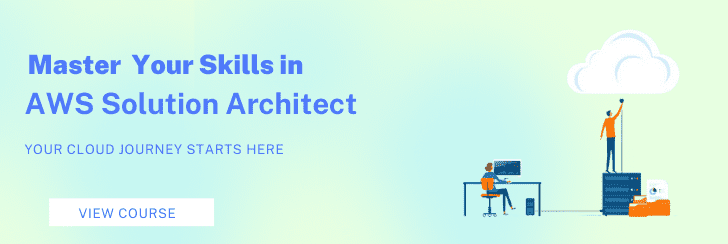

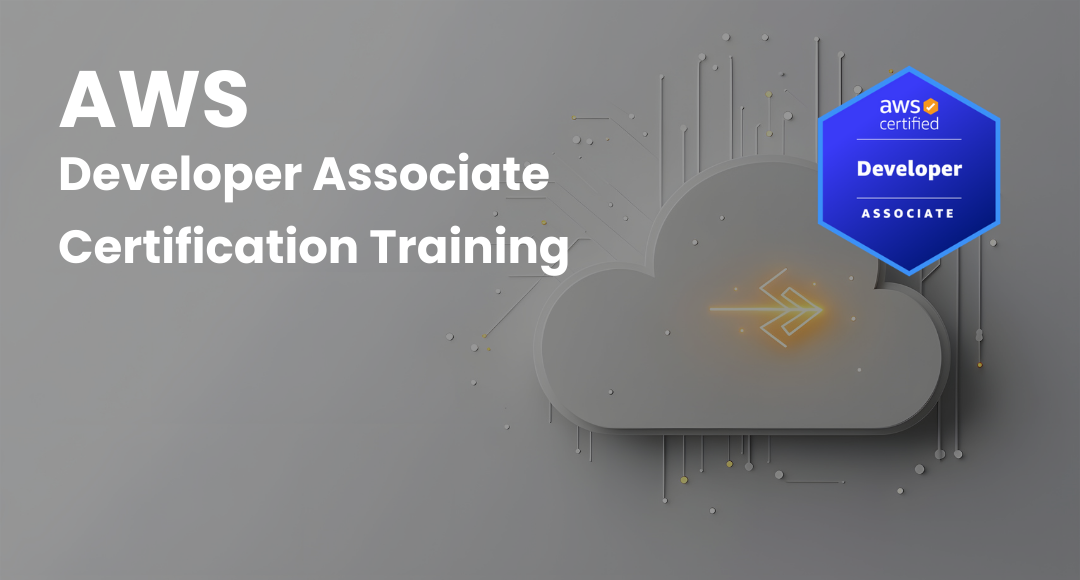

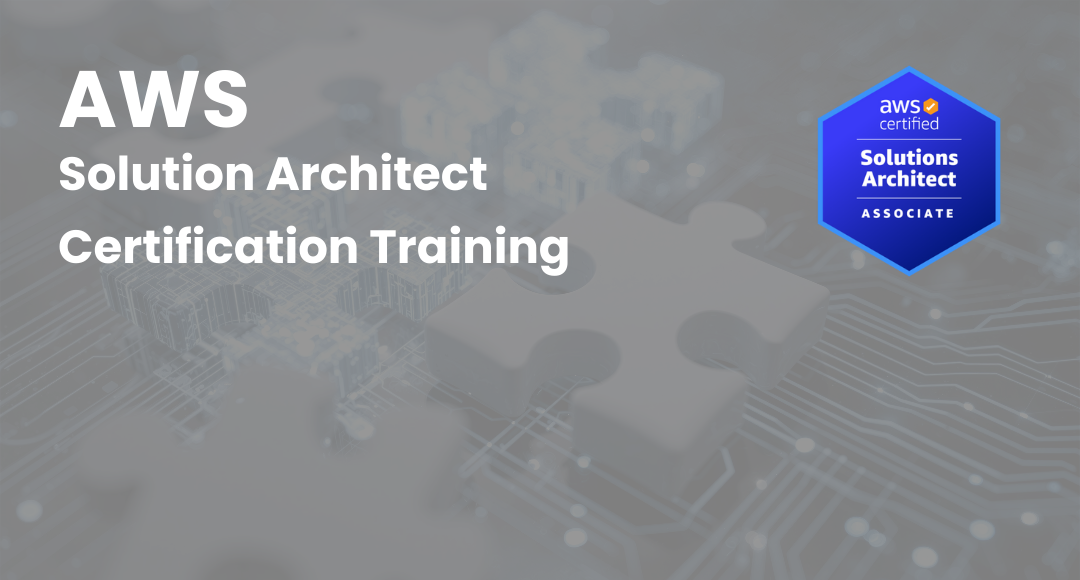
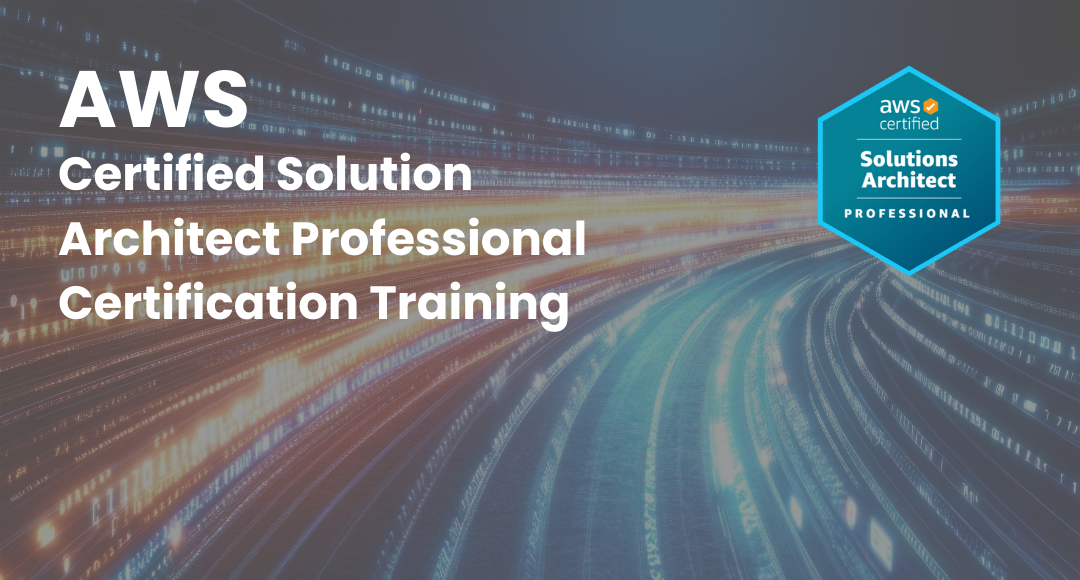
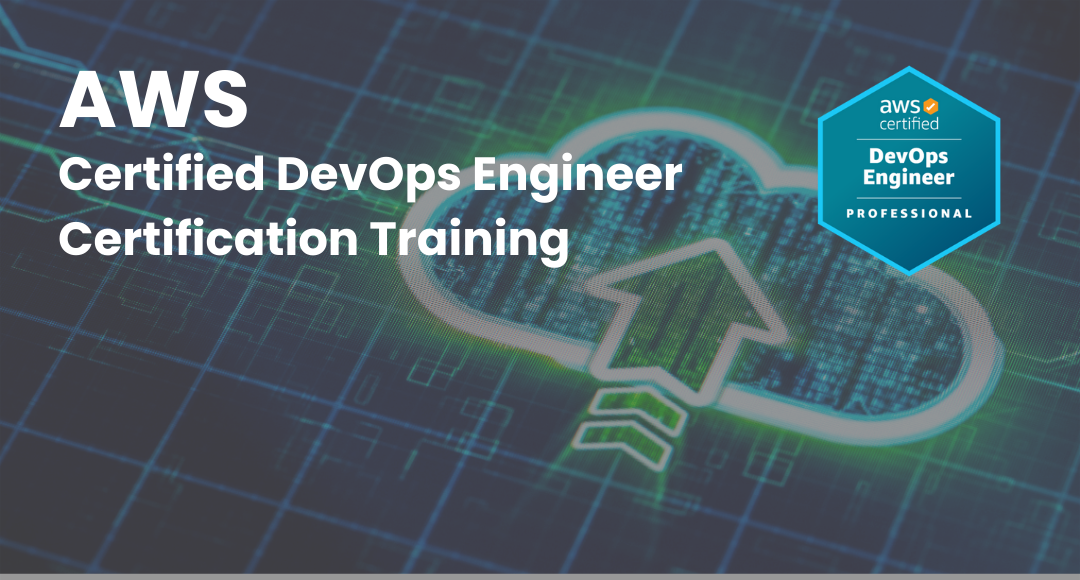
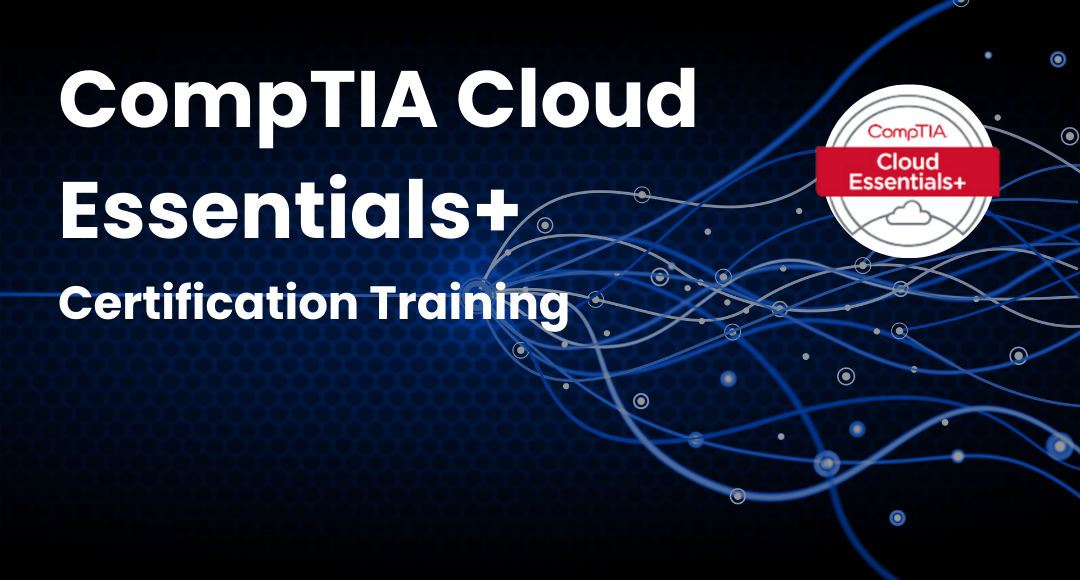
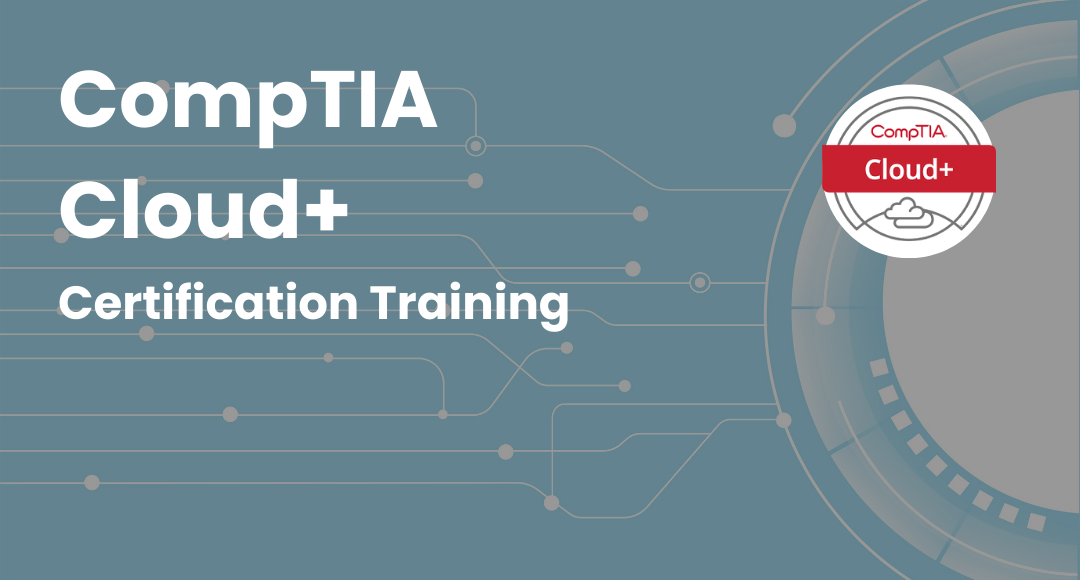
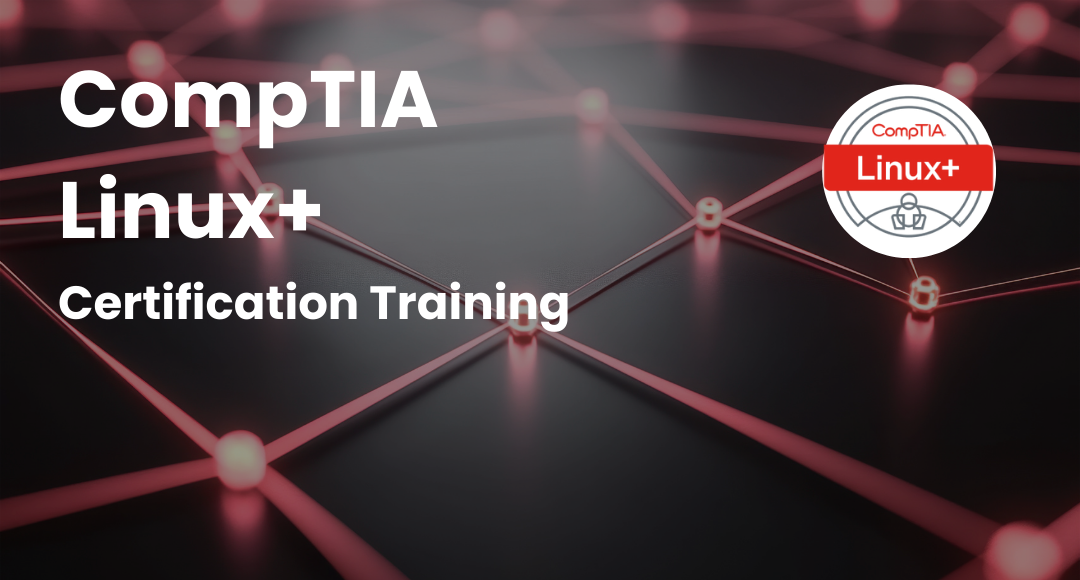
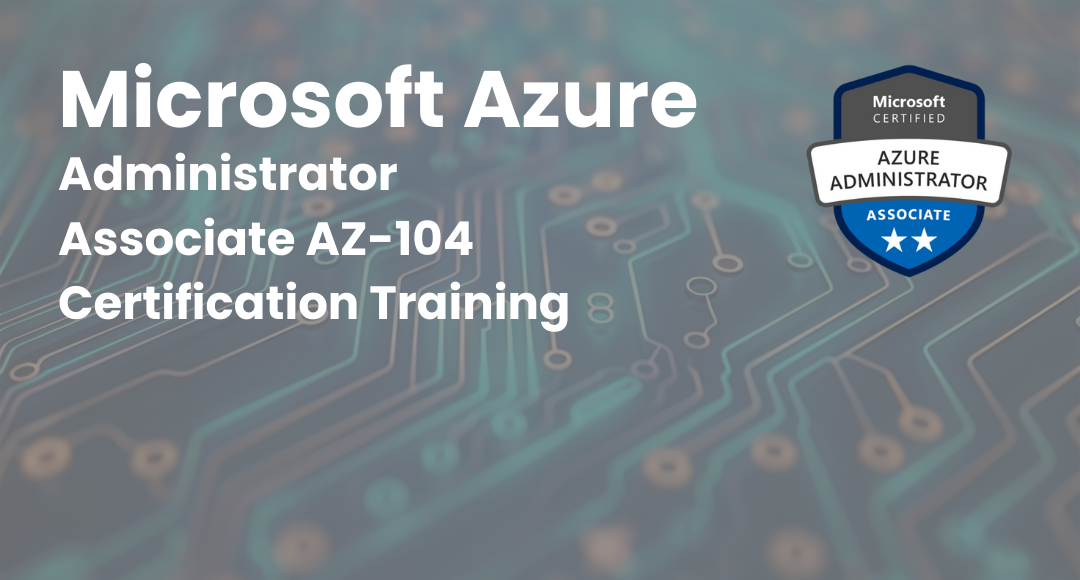
.png)
